How to grow a skeleton flower – for an unusual woodland plant with petals that turn transparent in the rain
Experts share tips on watering, soil type, lighting and more for these unique perennials
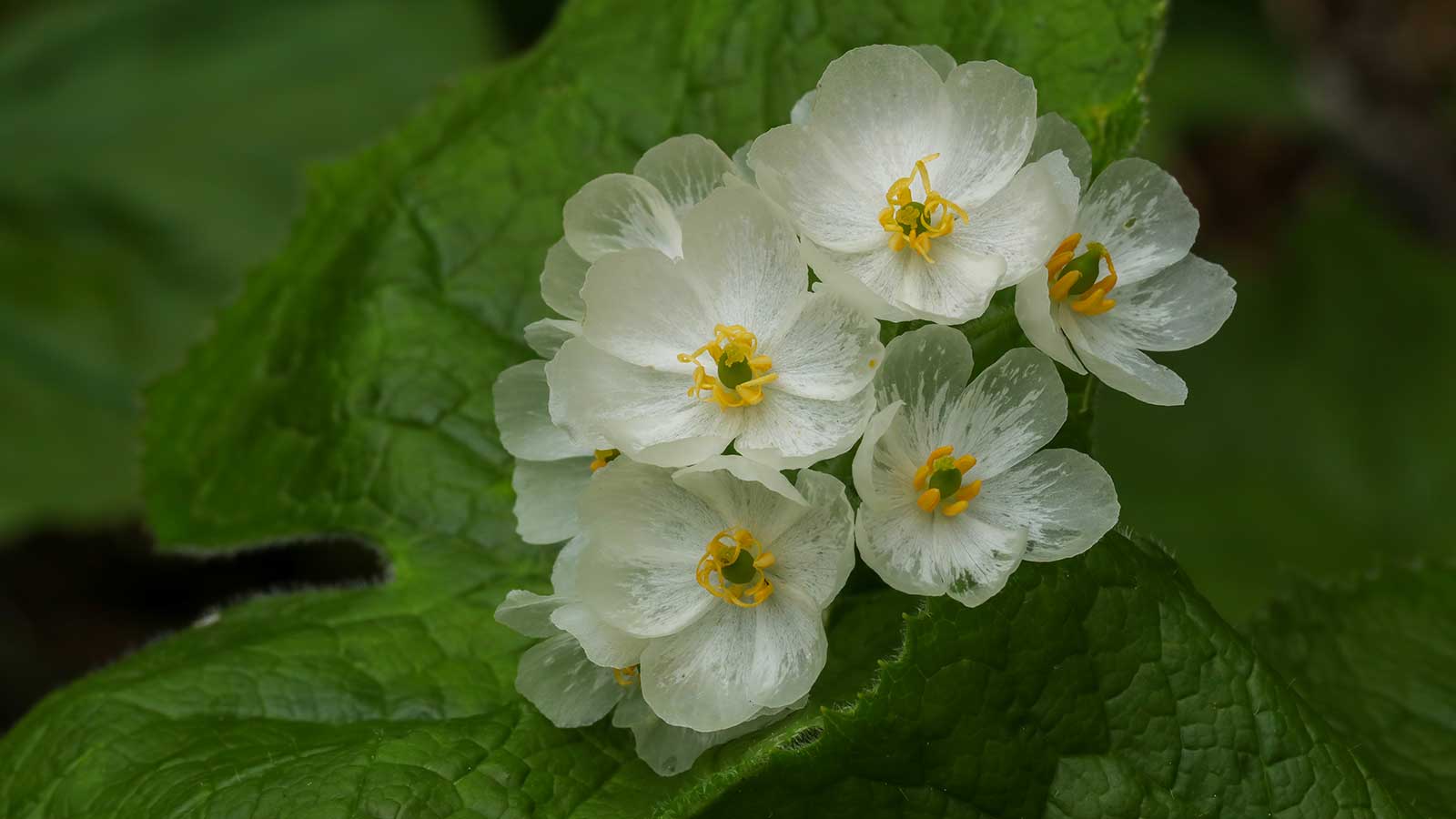
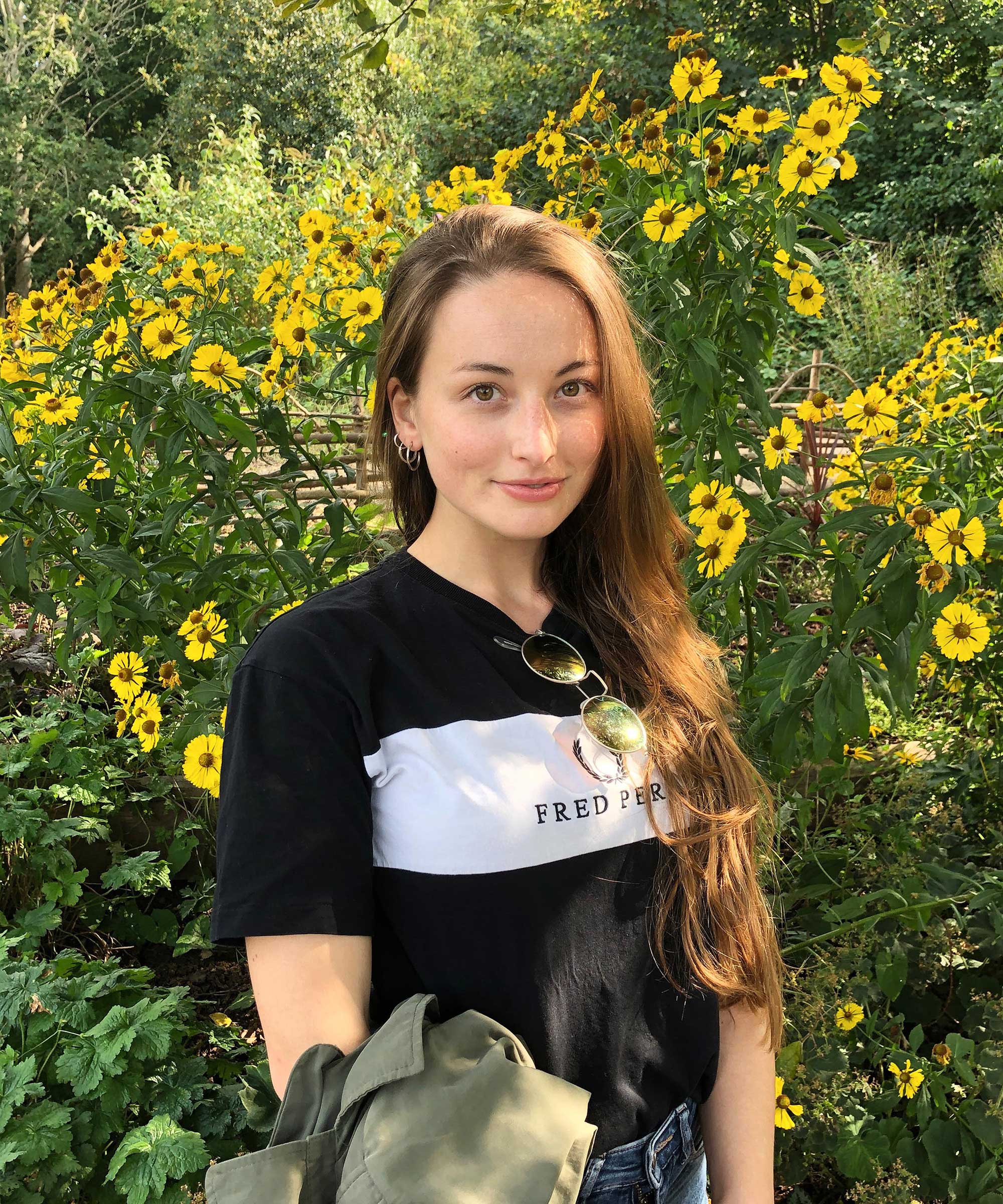
If you have a penchant for unusual plants, you may have heard of the skeleton flower, also known as Diphylleia grayi. The summertime blooms are what makes these perennials unique – they turn mostly transparent in the rain, leaving just their veining (or 'skeleton') and yellow centers prominent.
The large, bright green leaves are an additional highlight to these woodland plants and give them another common name: umbrella leaf. Look closely in the fall and you'll spot blue-hued berries, too, before the plants die back for their winter rest.
While rare to buy, there are ways to grow this plant in a backyard if conditions are just right. Below, you'll find advice from plant-care experts, including tips on watering, soil type, and toxicity.
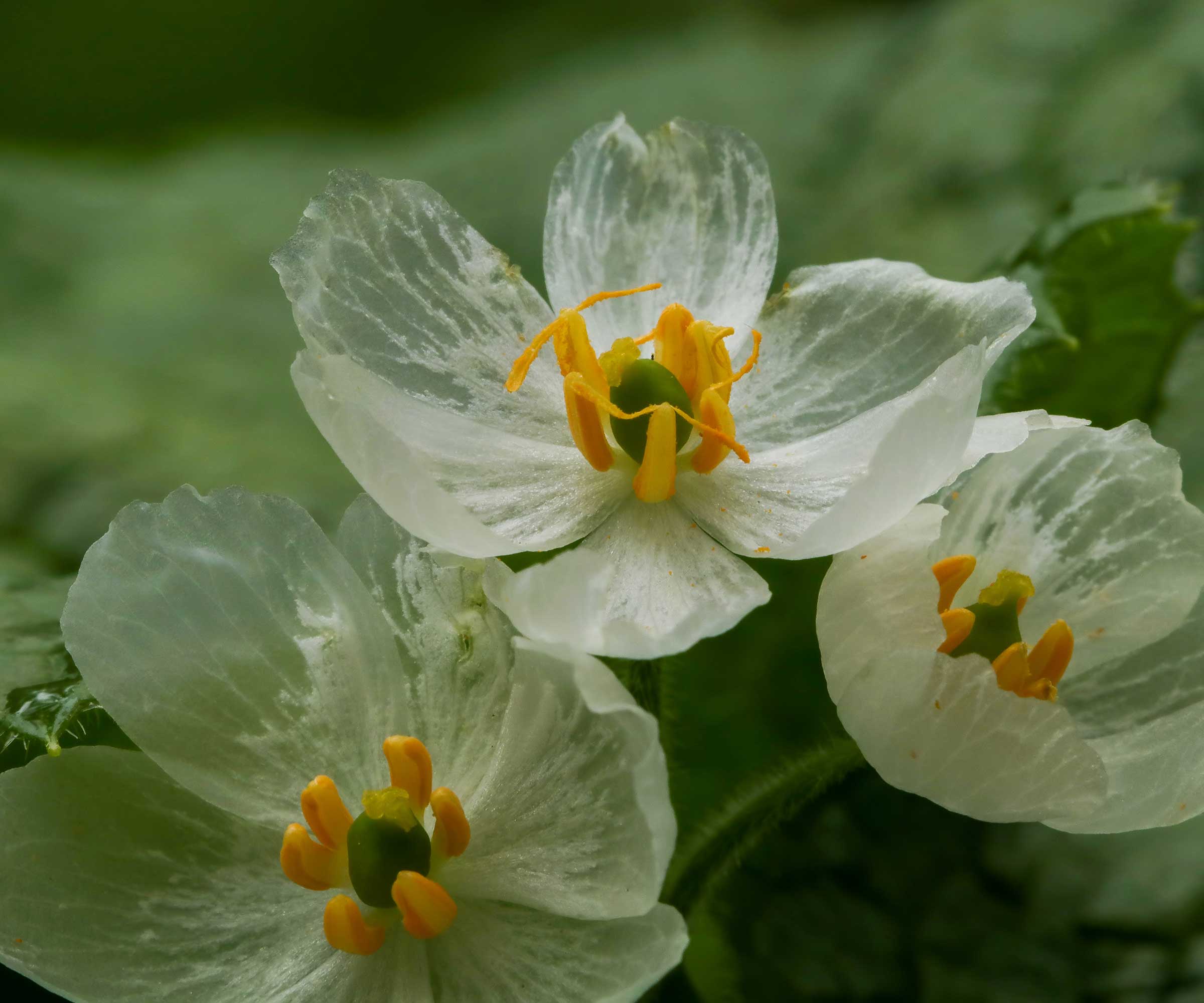
The petals turn almost see-through when wet, and return to their original appearance once dry again
How to grow skeleton flower plants
Skeleton flower grows naturally in wooded, mountainous areas of China and Japan, as well as the Appalachian mountains in the US. To help them thrive in your yard, you'll need to provide similarly cool and shaded conditions.
Growing habits for skeleton flower
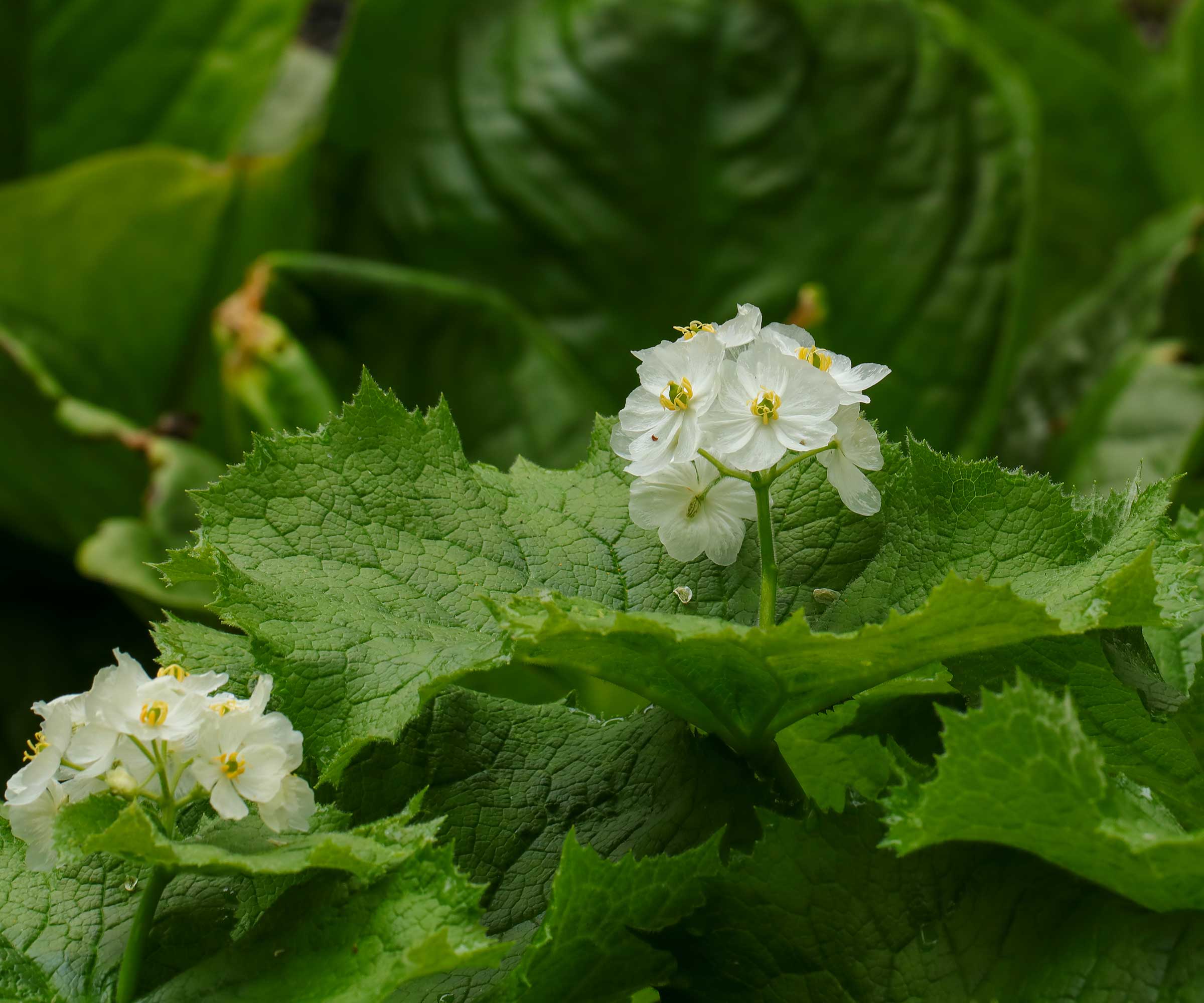
The plants have large, green leaves
These plants are best suited to hardiness zones 4-9. They work well as a ground cover, reaching a maximum height of around 18 inches and slowly spreading with their large leaves. Just be sure to give them adequate spacing by planting them at least 12 inches apart.
As they're seldom found in nurseries and garden centers, buying skeleton flower plants can be a bit of a challenge. If you do track them down, you are most likely to see them being sold in bare-root form.
Growing guide for skeleton flower
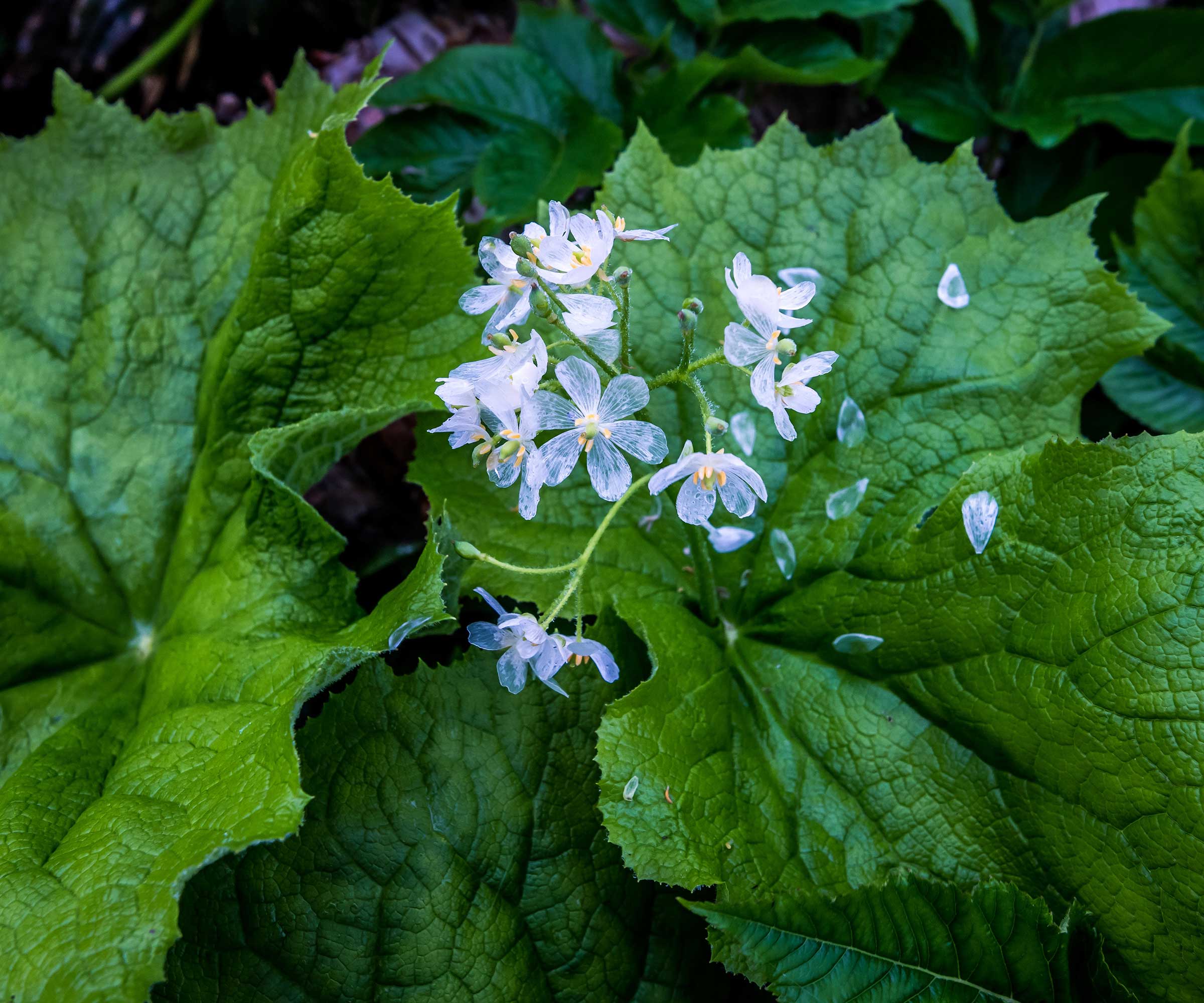
These plants do best in shaded spots
Soil: 'The key is to mimic its natural woodland habitat,' says Kiersten Rankel, an expert from plant-care app Greg. 'It thrives in rich, well-draining soil with plenty of organic matter – think loamy, slightly acidic to neutral soil.' Julia Omelchenko, resident botany expert at Plantum, recommends mixing compost into the garden soil to improve its fertility and structure and mimic the forest floor, which is naturally enriched by decaying leaves. 'Since the skeleton flower is sensitive to water accumulation, which can cause root rot, avoid heavy, compacted, water-retaining soils,' she warns. 'If your garden soil is predominantly clay, improve drainage by adding coarse sand. You can also plant the flowers in raised garden beds to prevent waterlogging.'
Light: 'The skeleton flower prefers naturally diffused light and grows best in partial shade, ideally under a tree canopy,' says Julia. 'In hot climates, protect the plant from direct sunlight, as it can scorch the leaves and cause fading and wilting. In cooler climates or during early spring, a bit of morning sunlight can be beneficial. However, if the leaves begin to yellow, wilt, or dry out, shield the plant with garden netting or replant it in a shadier spot.'
Watering: According to Julia, the skeleton flower does best in consistently moist soil, but doesn’t tolerate sogginess.
Fertilizing: 'As for feeding, a little goes a long way,' says Kiersten. 'A light dose of balanced, slow-release fertilizer in early spring, or an annual top-dressing of compost, will keep it happy.'
Pruning: The first frosts in the fall will cause the leaves to die back, at which point you can give the plants a tidy with a pair of clean garden pruners.
Toxicity: 'There are no known cases of poisoning or skin irritation from touching the skeleton flower or ingesting its parts, so it’s generally considered safe for both humans and pets,' says Julia. However, since the plant is rare and not well-studied, its fruits, leaves, and flowers should never be ingested. 'Some plants in the Berberidaceae family contain substances that may irritate the skin or be toxic if eaten, so exercise caution. If you have sensitive skin, wear gloves when handling the plant.'
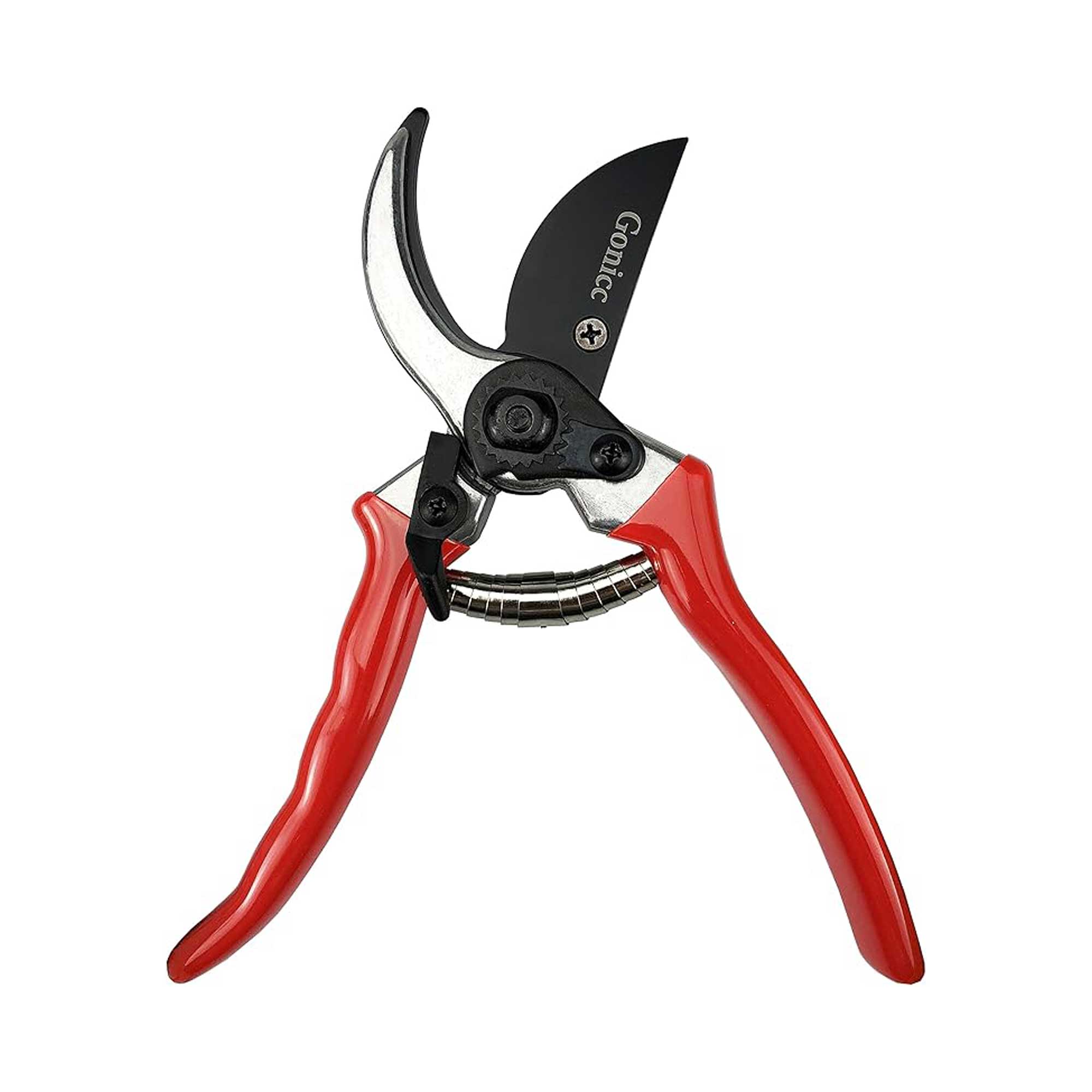
Cut back old leaves from your skeleton flower with these bypass pruners, a best-selling, ergonomically designed gardening tool.
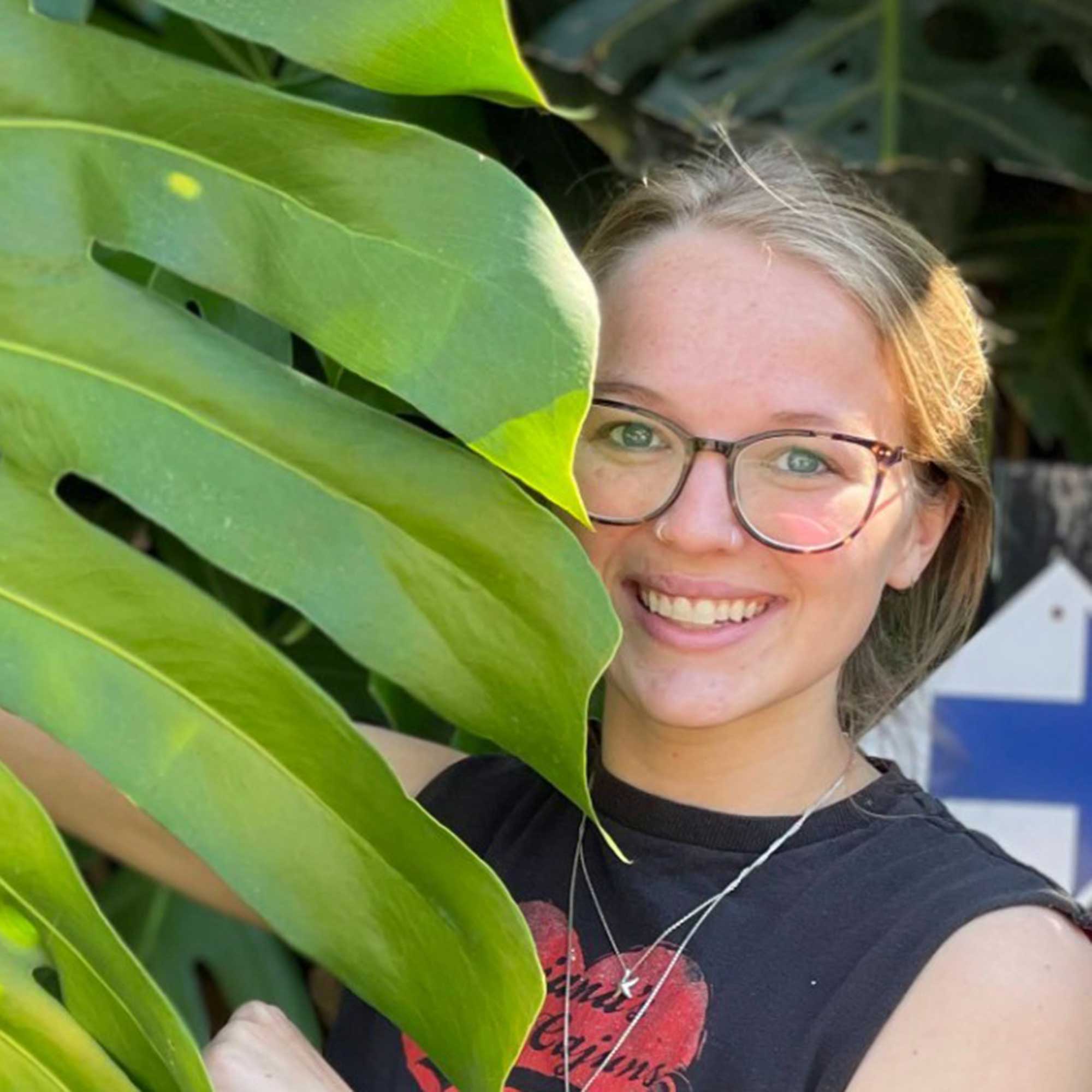
Kiersten Rankel is a certified Louisiana Master Naturalist and regularly volunteers with local community gardens and nonprofits to help restore critical ecosystems along the Gulf Coast. She earned her master's degree from Tulane University in Ecology and Evolutionary Biology after her undergraduate degree in Environmental Biology, also from Tulane. In her spare time, she enjoys hiking and tending to her 150+ houseplants and vegetable garden.

Julia Omelchenko has four years of experience consulting on botany-related topics for Plantum, an app that helps users identify plant species, diagnose their conditions, and get specific care advice.
FAQs
What should you do with skeleton flower in the winter?
'In colder regions, apply a layer of mulch to protect the roots from extreme temperature fluctuations,' Julia says. 'Once temperatures rise in spring, gently remove the mulch to allow the growth of new shoots.'
What are good companion plants for skeleton flower?
Combine skeleton flower with ferns and other shade plants and plants that work well beneath trees to create a relaxed and naturalistic garden palette.
Looking for more unusual planting picks? Our list of flowers that bloom at night provides some stunning ideas.
Sign up to the Homes & Gardens newsletter
Design expertise in your inbox – from inspiring decorating ideas and beautiful celebrity homes to practical gardening advice and shopping round-ups.

Holly started writing about gardening five years ago, and she is a regular contributor to Homes & Gardens. She has also written many gardening features for Woman & Home and Real Homes, too. She has previous experience as a professional gardener, where she helped to plant and maintain private gardens. Holly has also looked after allotment plots over the years and loves to grow her own flowers and veggies from seed. In her spare time, she enjoys visiting local gardens, botanical drawing, and tending to her ever-growing collection of houseplants.
You must confirm your public display name before commenting
Please logout and then login again, you will then be prompted to enter your display name.
-
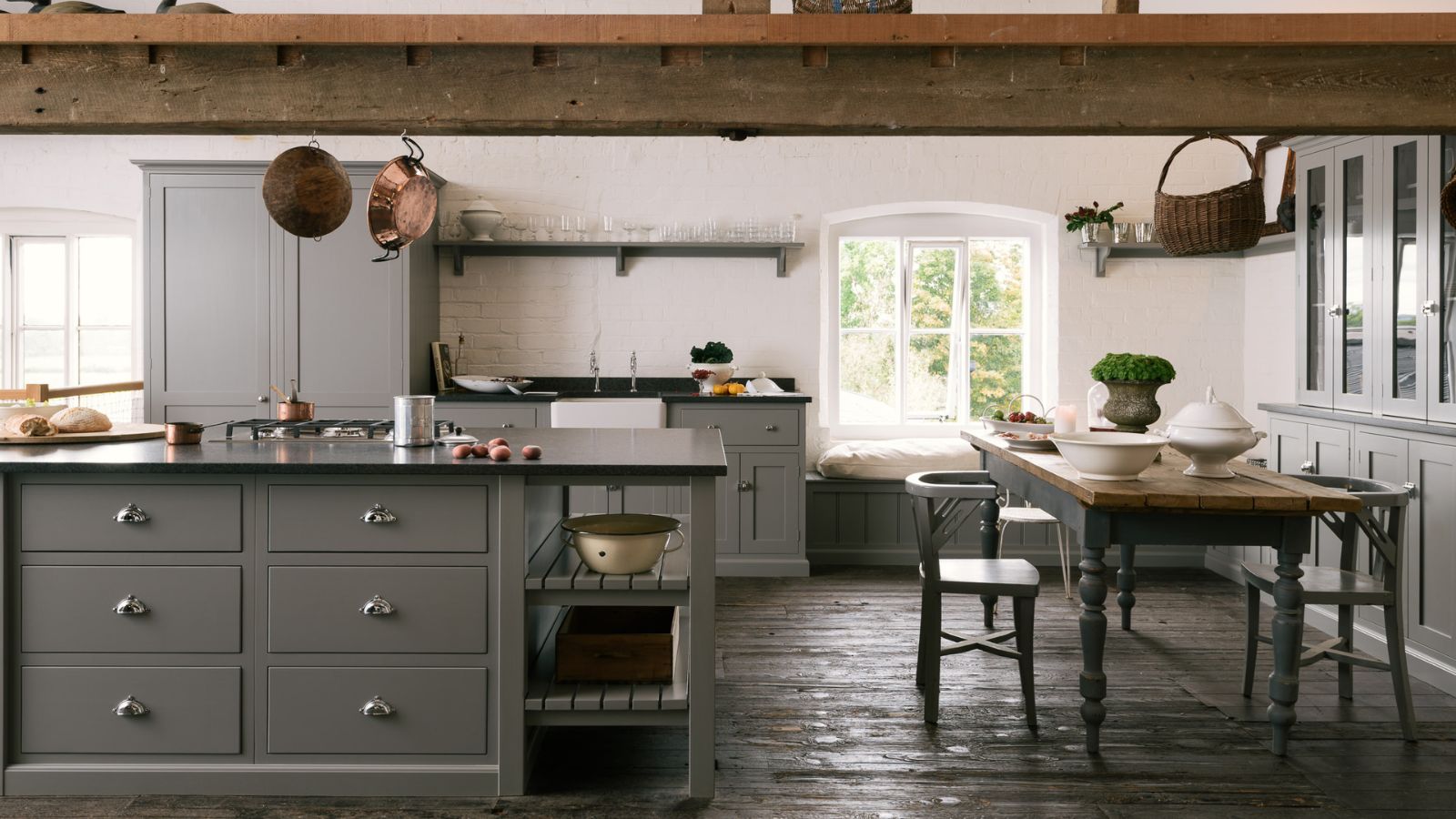 Should I choose a kitchen island or a kitchen table? This is the expert advice that helped me decide
Should I choose a kitchen island or a kitchen table? This is the expert advice that helped me decideIt's all about how you use your space
By Molly Malsom Published
-
 A $170 limited-time discount makes this the most affordable Dyson cordless vacuum on the market right now
A $170 limited-time discount makes this the most affordable Dyson cordless vacuum on the market right nowYears after its release, the Dyson V8 still impresses us with its features and power
By Dan Fauzi Published